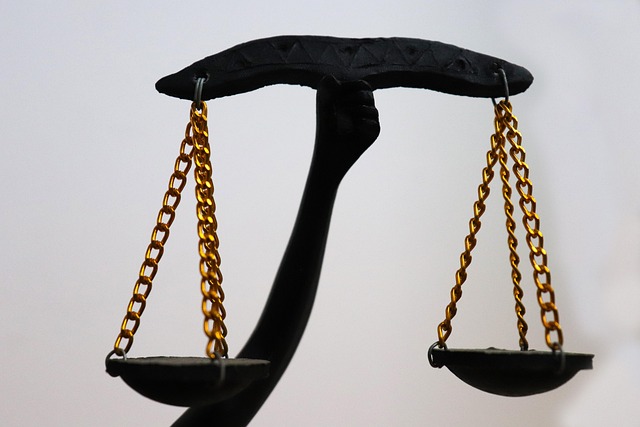Whistleblower Protection Lawsuits empower individuals to expose illegal or unethical activities within organizations. To join a class action lawsuit, follow these steps: identify relevant laws, assess eligibility based on misconduct and role in exposure, gather strong evidence, consult an attorney specializing in white-collar defense, and collaborate with other plaintiffs. Strategic planning, thorough investigation, and assertive legal representation are crucial to achieving challenging defense verdicts, ensuring whistleblowers receive protection and justice. Effective strategies include meticulous documentation, identifying co-plaintiffs, and engaging experienced attorneys for improved outcomes.
Whistleblower protection lawsuits empower individuals to expose illegal activities within their organizations, offering vital safeguards for those who speak up. If you’ve been wrongfully terminated or faced retaliation for reporting unethical practices, understanding your rights under whistleblower protection is crucial. This article guides you through the process, focusing on “Steps to Join a Class Action Lawsuit,” providing insights into navigating complex legal paths towards justice and fair compensation.
- Understanding Whistleblower Protection Lawsuits: Rights and Eligibility
- Navigating the Process: Steps to Join a Class Action Lawsuit
- Key Considerations and Common Challenges in Whistleblower Cases
Understanding Whistleblower Protection Lawsuits: Rights and Eligibility

Whistleblower Protection Lawsuits empower individuals who expose illegal or unethical activities within organizations to seek justice. Understanding your rights and eligibility is crucial when considering legal action. If you’ve been terminated, disciplined, or faced adverse employment actions after reporting misconduct, you may have a strong case. These lawsuits are designed to protect whistleblowers from retaliation and ensure they can speak out without fear of consequences.
To join a class action lawsuit, follow these steps: identify the relevant laws, assess your eligibility by understanding the nature of the misconduct and your role in exposing it, gather substantial evidence, consult with an experienced attorney specializing in white-collar defense, and collaborate with other plaintiffs to build a compelling case. Winning challenging defense verdicts is possible through strategic planning, thorough investigation, and assertive legal representation, ultimately ensuring whistleblowers receive the protection and justice they deserve.
Navigating the Process: Steps to Join a Class Action Lawsuit

Navigating the Process: Steps to Join a Class Action Lawsuit
When it comes to whistleblower protection lawsuits, joining a class action can be a strategic move for individuals who have faced retaliation or unfair treatment due to their disclosures of corporate wrongdoings. The process involves several key steps designed to ensure fairness and efficiency. First, individuals must gather comprehensive evidence documenting the harm they suffered and the misconduct they exposed. This may include pay stubs, internal communications, and any relevant legal documents.
Once armed with this evidence, potential plaintiffs should research and identify an existing or pending class action lawsuit that aligns with their situation. Across the country, many such cases are consolidated under one lead plaintiff to streamline proceedings. Next, individuals need to review the complaint and ensure they meet the eligibility criteria for joining the suit. If qualified, they can file a motion to join as part of the class, arguing for their right to participate in seeking complete dismissal of all charges against them.
Key Considerations and Common Challenges in Whistleblower Cases

Whistleblower protection lawsuits are complex legal endeavors with unique challenges. Key considerations include understanding the specific whistleblower laws and regulations relevant to your case, gathering substantial evidence to support claims, and navigating intricate procedural rules. The process often involves a thorough investigation into the alleged wrongdoing, which can be time-consuming and resource-intensive.
Common challenges in these cases include defending against powerful organizations with extensive legal teams, proving retaliation claims, and navigating complex factual scenarios. Effective strategies for whistleblowers involve building a solid case through meticulous documentation, identifying potential co-plaintiffs for class action lawsuits, and employing experienced legal counsel specialized in whistleblower protection. Taking these steps can significantly enhance the chances of winning challenging defense verdicts in high-stakes cases, especially when supported by the philanthropic and political communities.
Whistleblower protection lawsuits play a crucial role in holding organizations accountable for illegal activities, ensuring employees have a voice. By understanding your rights and following the steps to join a class action lawsuit, you can contribute to a powerful collective effort. Navigating this process requires careful consideration of legal complexities and potential challenges, but it’s a vital step towards justice and positive change. Remember, each complaint matters, and together, we can create a safer and more transparent working environment.






